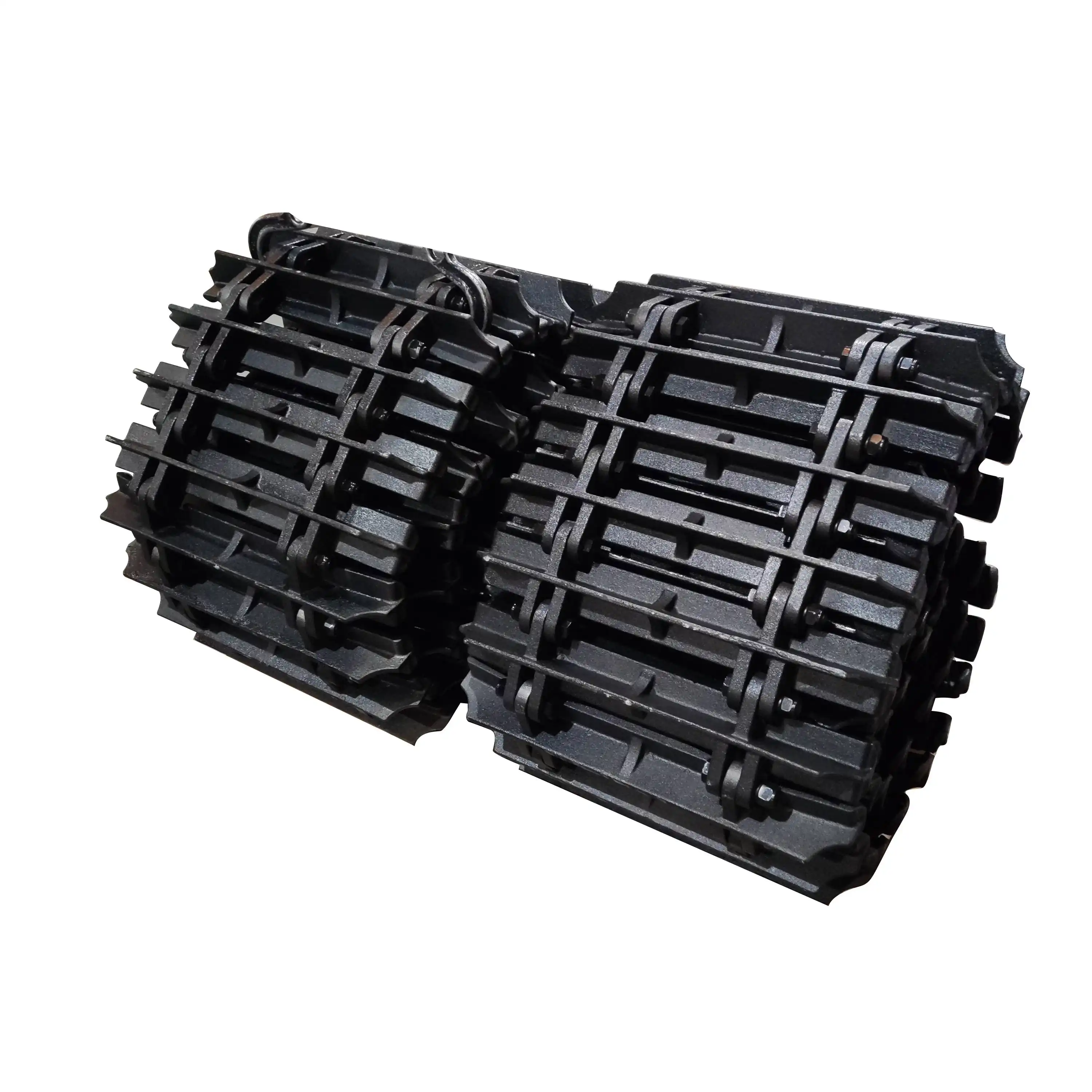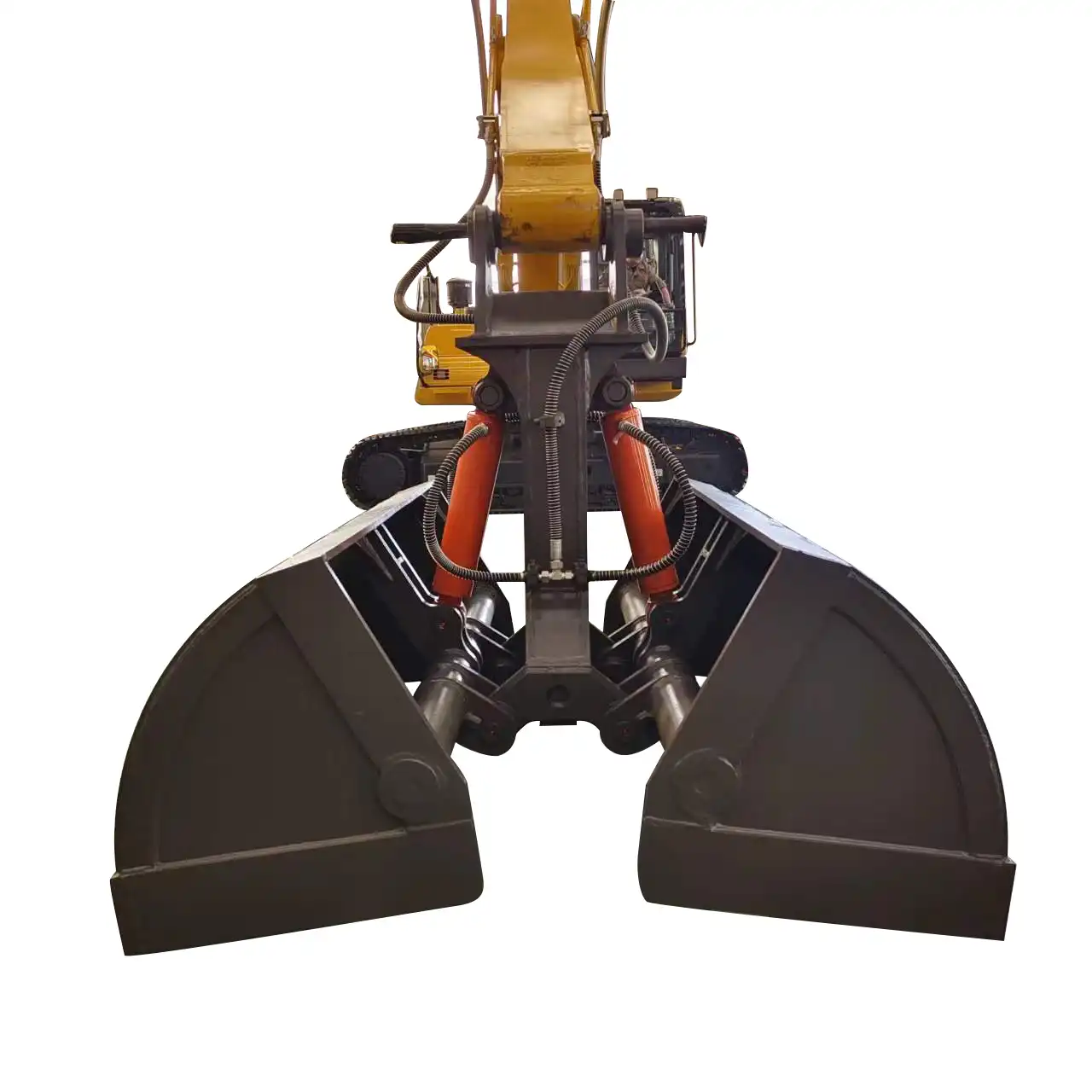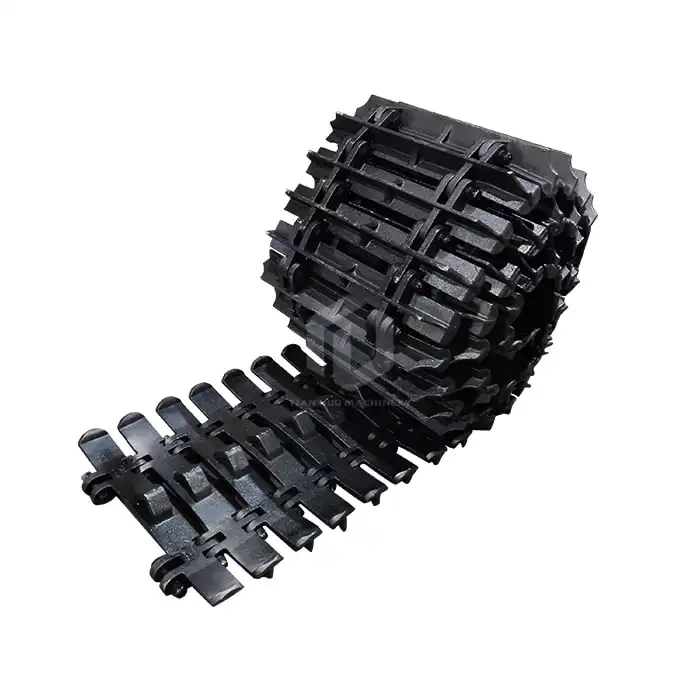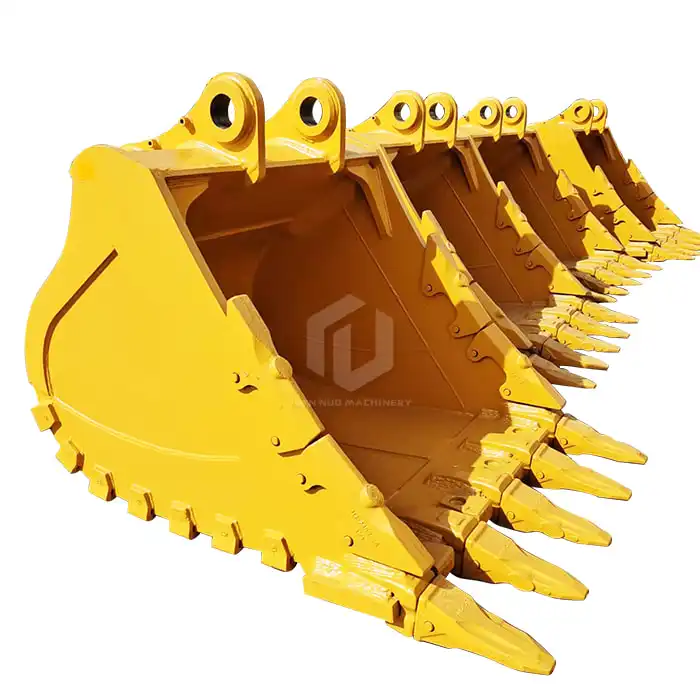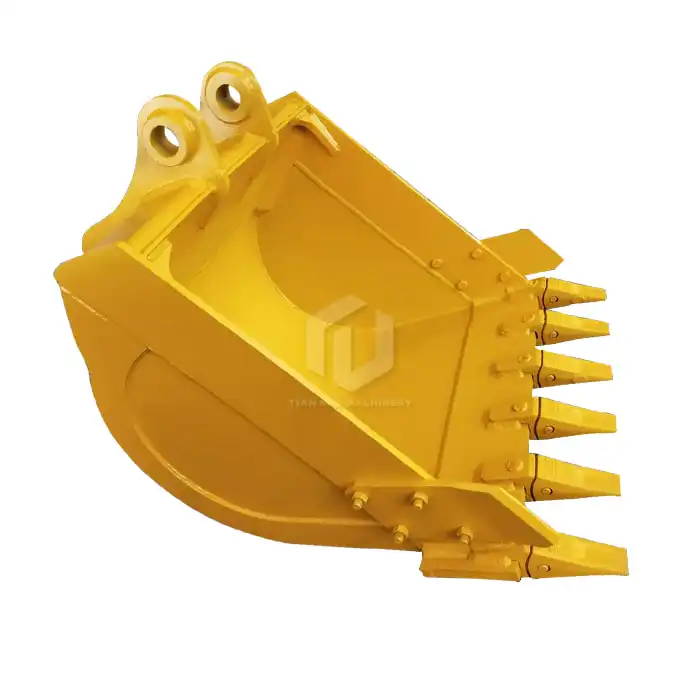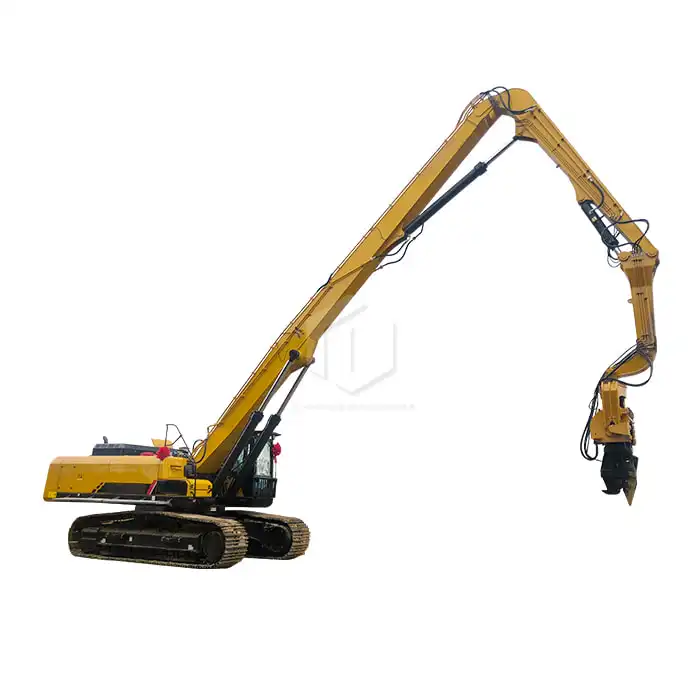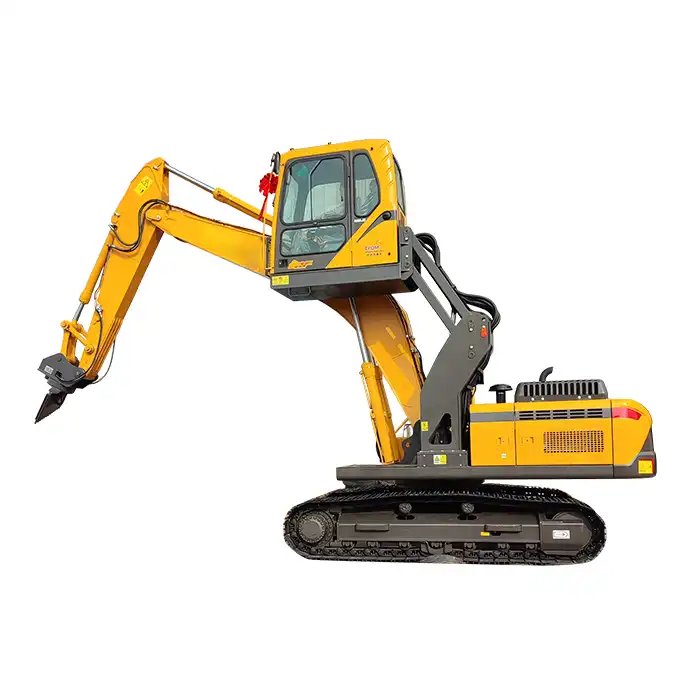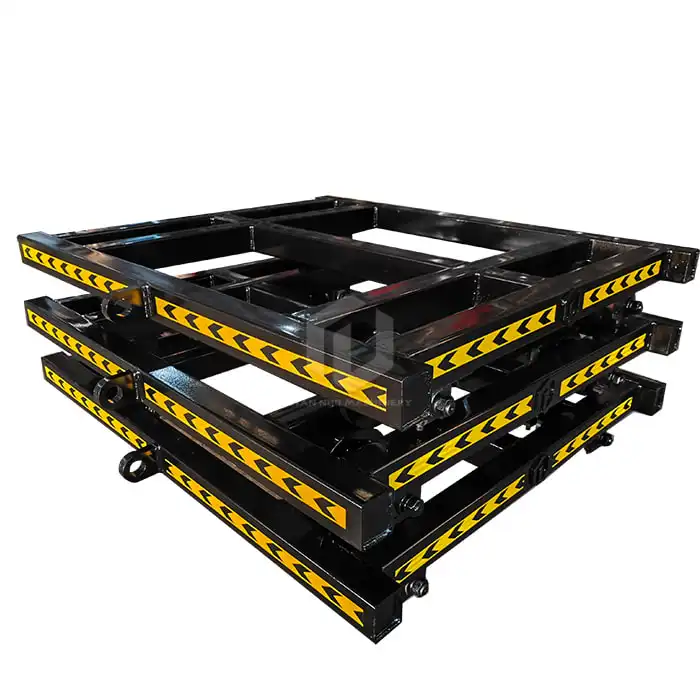What type of track gauges can the railway sleeper changer be used for?
Railway sleeper changers are essential machines in the maintenance and upgrade of railway infrastructure. These versatile pieces of equipment play a crucial role in replacing old or damaged railway sleepers efficiently and safely. One of the most common questions that arise when considering a railway sleeper changer is: what type of track gauges can it be used for? In this comprehensive guide, we'll explore its capabilities, focusing on their compatibility with various track gauges, including 1610mm, large plate width, and 1435/1520 mm configurations.
Track Gauges and Their Importance
Before delving into the specifics of railway sleeper changers, it's essential to understand what track gauges are and why they matter. Track gauge refers to the distance between the inner faces of the rails on a railway track. This measurement is crucial as it determines the type of rolling stock that can operate on a particular railway line.
Different countries and regions around the world use various track gauges, which have evolved due to historical, technological, and geographical factors. The most common track gauge worldwide is the standard gauge of 1435mm, but there are several other gauges in use, including:
- 1520mm: Commonly used in Russia and other former Soviet countries
- 1600mm: Used in Ireland and parts of Australia
- 1610mm: Found in some parts of India and Pakistan
- 1067mm: Known as Cape gauge, used in parts of Africa, Asia, and South America
Given this diversity in track gauges, it's crucial for railway maintenance equipment, including sleeper changers, to be adaptable to different configurations. This adaptability ensures that the machinery can be used effectively across various railway networks, maximizing its utility and value.
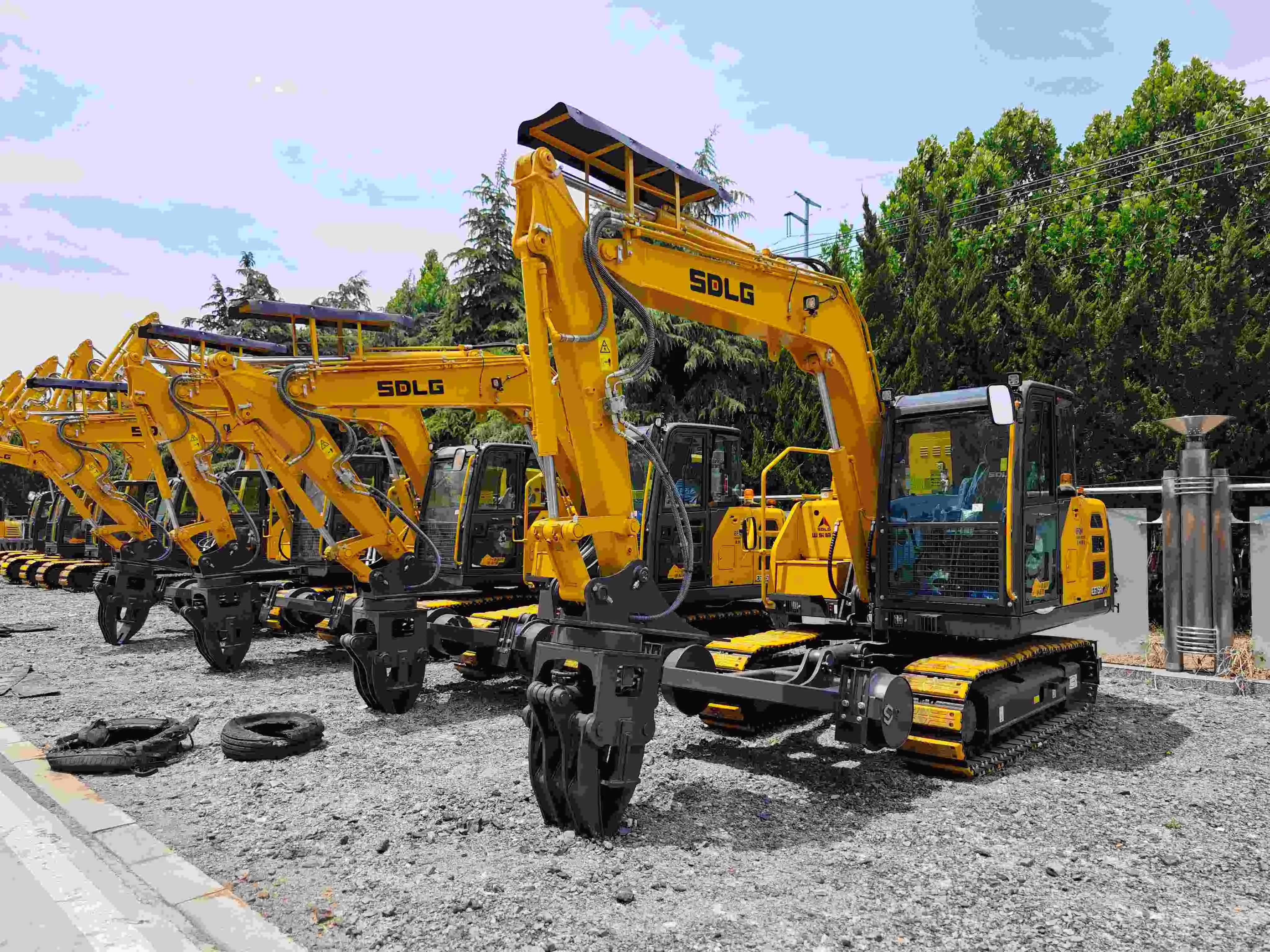
Railway Sleeper Changers: Versatility in Track Gauge Compatibility
Modern railway sleeper changers are designed with versatility in mind, capable of operating on a range of track gauges. This flexibility is particularly important for railway maintenance companies that work across different networks or for railway authorities managing lines with varying gauge specifications.
The railway sleeper changer's ability to work with different track gauges typically comes from its adjustable components. These may include:
- Adjustable lifting mechanisms
- Flexible gripper systems
- Movable rail clamps
- Adaptable positioning systems
These features allow the machine to be configured for different track widths, ensuring that it can safely and effectively replace sleepers regardless of the specific gauge of the track.
Let's look at how railway sleeper changers accommodate some specific track gauges:
1. Standard Gauge (1435mm) and Russian Gauge (1520mm)
Many railway sleeper changers are designed to work seamlessly with both the standard gauge of 1435mm and the Russian gauge of 1520mm. This dual compatibility is particularly useful in regions where both gauges are present, such as in parts of Eastern Europe where standard gauge lines connect with the broader Russian network.
The ability to switch between these two gauges often involves a simple adjustment process, which can typically be completed in a matter of hours. This flexibility allows maintenance crews to move between different gauge networks efficiently, reducing downtime and increasing overall productivity.
2. Broad Gauge (1610mm)
While less common globally, the 1610mm gauge is significant in certain regions, particularly in parts of India and Pakistan. Railway sleeper changers capable of working with this broader gauge are crucial for maintaining these unique networks.
Manufacturers of railway sleeper changers often offer models specifically designed or adaptable for broad gauge operations. These machines may feature wider frames, extended lifting capacities, and specialized gripping mechanisms to accommodate the larger sleepers typically used in broad gauge tracks.
3. Large Plate Width Configurations
In addition to standard track gauges, some railway lines use sleepers with larger plate widths. These wider sleepers provide additional stability and support, particularly on high-speed lines or in areas with challenging soil conditions.
Railway sleeper changers designed for large plate width configurations often come with enhanced lifting capacities and broader gripping mechanisms. This ensures that they can handle the increased weight and size of these specialized sleepers without compromising on efficiency or safety.
It's worth noting that the ability to work with large plate width sleepers is not necessarily tied to a specific track gauge. Instead, it's an additional capability that many modern railway sleeper changers offer, providing further versatility to railway maintenance operations.
Factors to Consider When Choosing a Railway Sleeper Changer
When selecting a railway sleeper changer for your operations, considering its track gauge compatibility is crucial. However, there are several other factors to keep in mind:
- Adjustability: Look for machines that offer easy adjustability between different track gauges. This feature can significantly reduce setup time when moving between different railway networks.
- Lifting Capacity: Ensure the sleeper changer can handle the weight of the sleepers you'll be working with, especially if you're dealing with larger gauges or heavy concrete sleepers.
- Operational Speed: Consider the speed at which the machine can replace sleepers. Faster operations can lead to reduced track downtime and increased efficiency.
- Safety Features: Look for machines with robust safety systems, including emergency stops, operator protection, and stability control mechanisms.
- Maintenance Requirements: Consider the ease of maintenance and availability of spare parts, especially if you're operating in regions with less common track gauges.
- Environmental Considerations: Some modern railway sleeper changers offer reduced emissions and noise levels, which can be crucial when working in urban or environmentally sensitive areas.
By carefully considering these factors alongside track gauge compatibility, you can ensure that you select a railway sleeper changer that best meets your operational needs and provides long-term value.
Railway Sleeper Changer For Sale
As railway networks continue to evolve and expand, the demand for versatile and efficient maintenance equipment will only grow. By investing in a railway sleeper changer that offers flexibility in track gauge compatibility, operators can ensure they're well-equipped to handle a wide range of maintenance tasks across diverse railway networks.
Tiannuo Machinery's railway sleeper changer offers advanced features that set it apart in the market. The machine's walking modes include two primary configurations: Two-Wheel Drive and Positioning Mode. In the Two-Wheel Drive mode, the chassis is equipped with track wheels, allowing the machine to achieve speeds of up to 15 km/h, which significantly enhances operational efficiency. This high-speed capability ensures that the sleeper changer can move quickly between work sites, minimizing downtime and increasing overall productivity.
If you're in the market for a railway sleeper changer manufacturer that offers cutting-edge technology, versatility, and reliability, we invite you to contact our team at Tiannuo Machinery. Our experts are ready to discuss your specific needs and how our railway sleeper changer can optimize your railway maintenance operations.
For more information or to discuss your requirements, please reach out to our manager at arm@stnd-machinery.com. Alternatively, you can contact our team members at rich@stnd-machinery.com or tn@stnd-machinery.com. We look forward to helping you enhance your railway maintenance capabilities with our state-of-the-art railway sleeper changer.
References
- International Union of Railways. (2021). "Track Gauge." UIC - International Union of Railways.
- Railway Technology. (2022). "Railway Track Maintenance: Equipment and Strategies." Railway Technology Magazine.
- Esveld, C. (2001). "Modern Railway Track." MRT-Productions.
- Profillidis, V.A. (2006). "Railway Management and Engineering." Ashgate Publishing, Ltd.
- Mundrey, J.S. (2017). "Railway Track Engineering." Tata McGraw-Hill Education.

